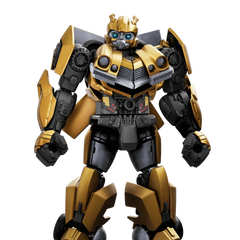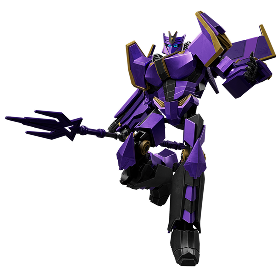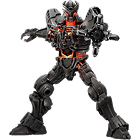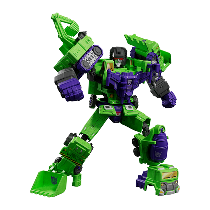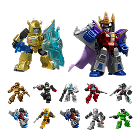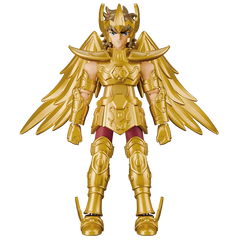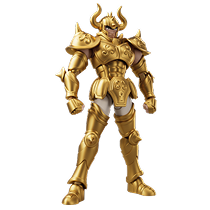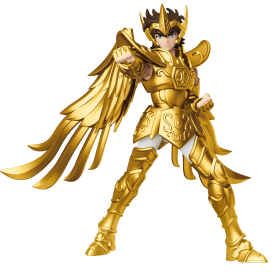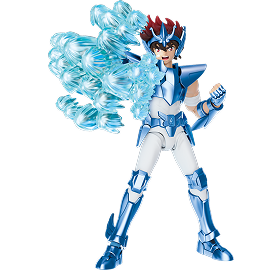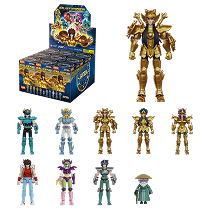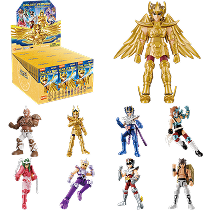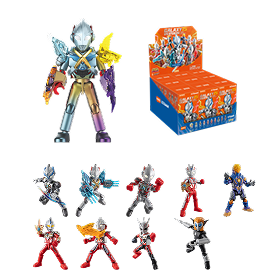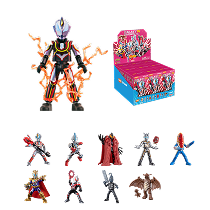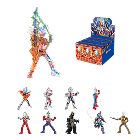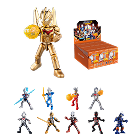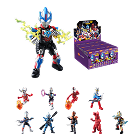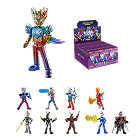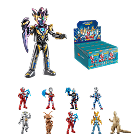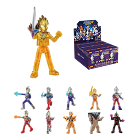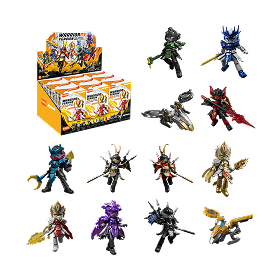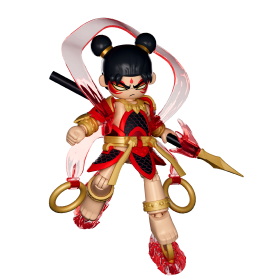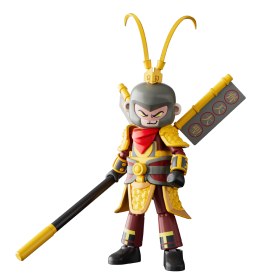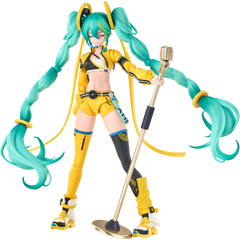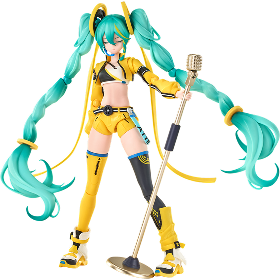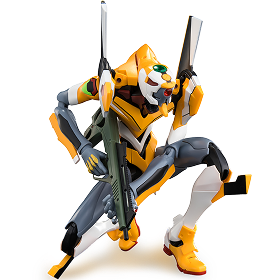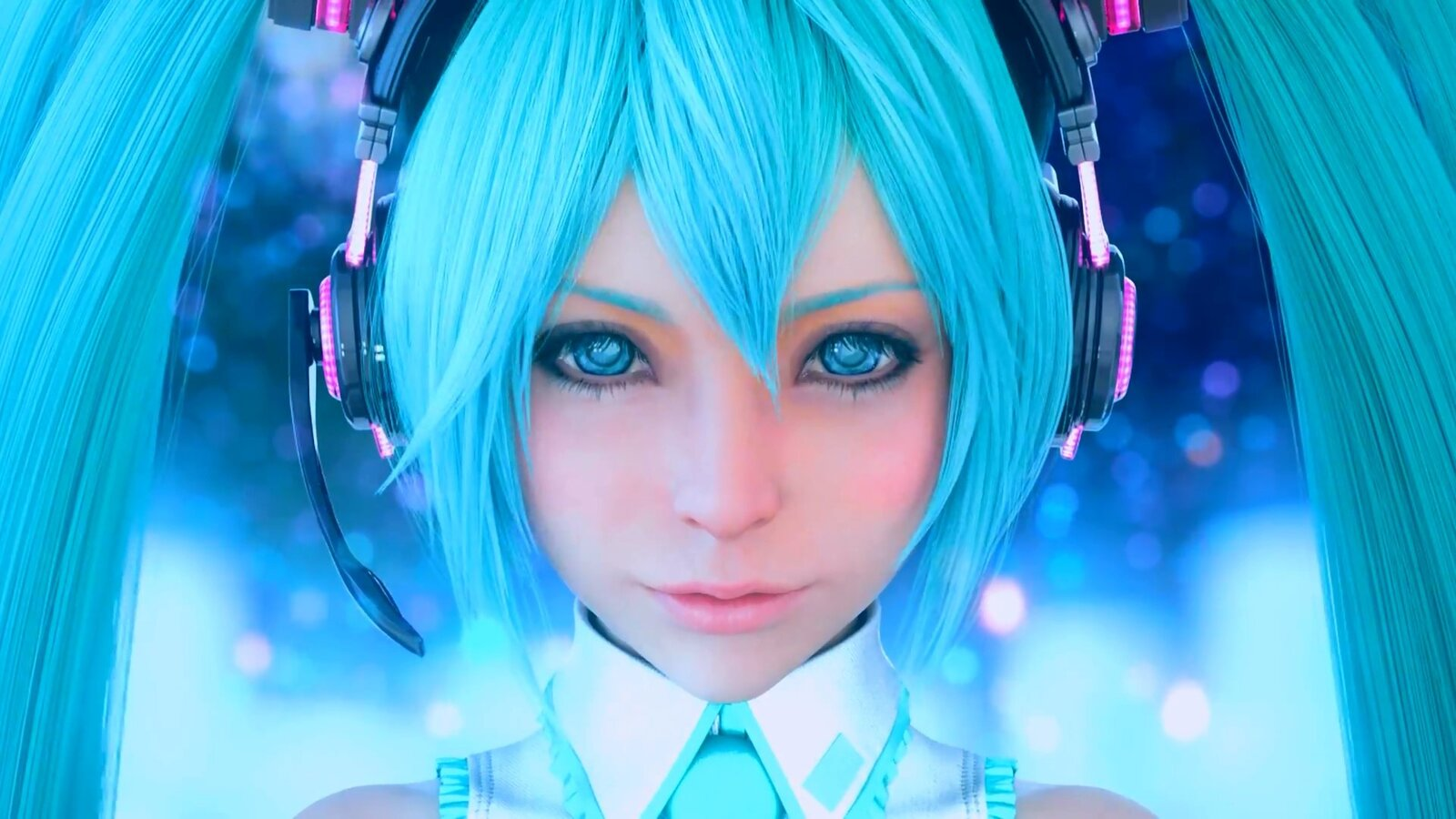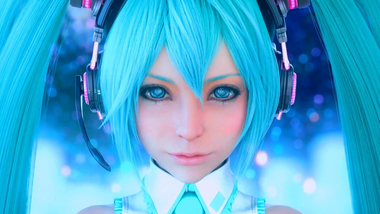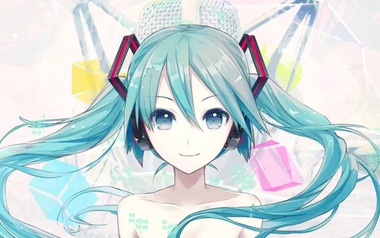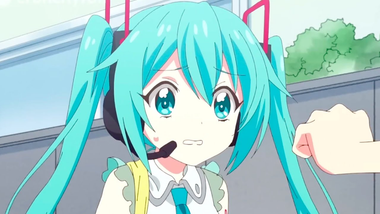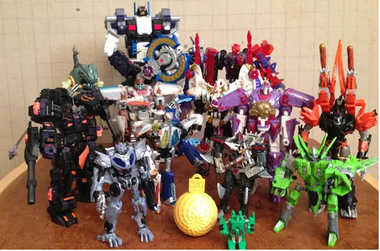Hatsune Miku is one of the most iconic figures in modern Japanese pop culture, instantly recognizable by her turquoise twin-tails and futuristic aesthetic. But a common question arises among fans and newcomers alike: Is Hatsune Miku a real person?
While she performs sold-out concerts worldwide and has an enormous online following, Hatsune Miku is not a living, breathing human. She is a virtual pop star—a digital character powered by software and the creative input of countless fans and music producers.
In this article, we will explore everything about Hatsune Miku, from her origins to the voice behind her, her performances, and why she feels so “real” despite being entirely digital.
Who is Hatsune Miku?
Hatsune Miku is a Vocaloid software voicebank developed by Crypton Future Media in 2007. Her name literally means “The First Sound of the Future,” reflecting her role as a digital singing sensation. The character of Miku is depicted as a 16-year-old girl with long turquoise twin-tails, and her official design has become iconic in both music and anime culture.
Miku’s popularity exploded because she allowed anyone to create music using her voice. This ability to craft songs, paired with her anime-style design, helped her transcend software limitations and become a global pop culture icon.
Today, she is recognized internationally not just as a Vocaloid character but as a digital performer who draws massive crowds to concerts and has inspired merchandise, games, and even collaborative projects with real artists.
The Voice Behind Hatsune Miku

Who Voices Miku?
Although Hatsune Miku is a virtual character, her voice is based on a real person. The Japanese voice actress Saki Fujita recorded a variety of phonetic sounds, which were then digitally processed to create Miku’s singing voice. This method allows composers and fans to use her voice to create new songs, in virtually any genre.
How Her Voice Became Digital
Hatsune Miku’s voicebank functions within the Vocaloid software, which synthesizes singing from recorded samples. This allows her to sing any lyrics with accurate pitch, tone, and rhythm. Essentially, her voice is a digital instrument, and users worldwide can produce professional-sounding music using her unique sound.
Live Performances and Holograms
Despite being digital, Miku performs in live concerts using 3D holographic projections. These shows simulate a real performance, with her dancing and singing on stage while a live band plays. These performances create the illusion of a “real” presence, even though Miku herself is fully digital.
Is Hatsune Miku a Real Person?

Digital Persona vs. Human
Hatsune Miku is not a human being. She is a software-based digital entity with a character persona. Her life and personality exist through fan-created content, music, and live performances, rather than biological reality.
Community-Driven Creation
One of the reasons Miku feels real is due to her community-driven nature. Millions of producers, illustrators, and animators contribute to her songs, videos, and fan art. This shared creative effort allows Miku to evolve continuously, giving her a sense of individuality and personality that fans can connect with.
Holographic Concerts and Cultural Impact
Through holographic concerts, Miku interacts with audiences worldwide, further blurring the line between virtual and real. From sold-out arenas in Japan to international festivals, these performances reinforce her status as a tangible presence in the music world—even if she is digital
Common Misconceptions About Hatsune Miku
Is Miku a Robot or AI?
Miku is sometimes mistaken for a robot or an AI singer. While her voice is digitally synthesized, she is not an autonomous AI. She requires human input for songwriting, lyrics, and choreography.
Is Miku Alive or Dead?
As a digital character, Miku cannot be classified as alive or dead. She exists in software, holograms, music, and fan media, making her a persistent cultural figure rather than a living person.
Is Hatsune Miku from an Anime?
Despite her anime-style design, Miku is not originally from an anime. She has made cameo appearances in various anime series, games, and commercials, but her primary origin is the Vocaloid software, not a traditional animated series.
History and Creation of Hatsune Miku

Origin of the Vocaloid Software
Vocaloid was developed to provide a digital singing voice that anyone could use to produce music. Hatsune Miku (CV01) was the first Vocaloid from Crypton Future Media to achieve massive success, setting the stage for countless derivative works and subsequent Vocaloid characters.
Development by Crypton Future Media
Crypton Future Media combined high-quality voice sampling with an appealing anime-style design, creating a character that was not only functional as a music tool but also visually compelling. This combination sparked a worldwide phenomenon.
Evolution into a Pop Culture Icon
Since her release in 2007, Hatsune Miku has evolved far beyond software. She now has a presence in video games like Project Diva, live concerts, merchandising, and international collaborations with musicians, fashion brands, and artists.
Why Hatsune Miku Feels Real
Emotional Connection With Fans
Fans contribute to Miku’s personality by creating songs, fan art, and stories. This user-generated content gives her a relatable and evolving character, creating a deep emotional connection.
Live Holographic Shows
The concert experience is immersive. Audiences see Miku dance, sing, and interact on stage, often leaving them feeling as though she is a “real” performer.
Social Media and Online Presence
Official social media accounts, digital music releases, and fan communities create the perception that Miku is active and present in the world, enhancing her “reality” in the public’s mind.
Collectibles and Merchandise
Fans can bring Hatsune Miku into their own lives through toys, figures, and collectibles, offers an impressive selection of Miku merchandise, including action figures and limited-edition collectibles:
Other merchandise includes:
- Apparel and clothing featuring Miku designs
- Posters, keychains, and home décor
-
Music games like Project Diva that feature interactive performances
These collectibles reinforce her presence and make fans feel closer to this virtual persona.
Frequently Asked Questions
Is Hatsune Miku a real person?
No, Hatsune Miku is a digital pop star and Vocaloid software voicebank, not a living human.
Is Hatsune Miku voiced by a real person?
Yes, the original voice samples were recorded by Saki Fujita, a Japanese voice actress.
Is Miku Hatsune a real person in live concerts?
No, she performs as a holographic projection, accompanied by live musicians.
Is there a real person behind Hatsune Miku?
Only her voice and software development team. The character herself is digital.
How old is Hatsune Miku?
She is officially 16 years old, according to her character design.
Conclusion
Hatsune Miku may not be a real person, but her impact on music, culture, and technology is undeniable. She combines software innovation, a talented voice actress, and an engaged global fanbase to create a virtual pop star who feels as real as any human performer.
From her live holographic concerts to her presence in games, music, and collectibles, Hatsune Miku continues to redefine what it means to be a “performer” in the digital age.
For fans looking to bring the magic of Hatsune Miku into their own homes, check out the Hatsune Miku toys, featuring high-quality action figures and collectibles.
Hatsune Miku is proof that sometimes, digital creations can be just as influential—and memorable—as real-life stars.






